

- RFQ
- BOM
-
Contact Us
Tel: +86-0755-83501315
Email: sales@sic-components.com
- Chinese
- English
- French
- German
- Portuguese
- Spanish
- Russian
- Japanese
- Korean
- Arabic
- Irish
- Greek
- Turkish
- Italian
- Danish
- Romanian
- Indonesian
- Czech
- Afrikaans
- Swedish
- Polish
- Basque
- Catalan
- Esperanto
- Hindi
- Lao
- Albanian
- Amharic
- Armenian
- Azerbaijani
- Belarusian
- Bengali
- Bosnian
- Bulgarian
- Cebuano
- Chichewa
- Corsican
- Croatian
- Dutch
- Estonian
- Filipino
- Finnish
- Frisian
- Galician
- Georgian
- Gujarati
- Haitian
- Hausa
- Hawaiian
- Hebrew
- Hmong
- Hungarian
- Icelandic
- Igbo
- Javanese
- Kannada
- Kazakh
- Khmer
- Kurdish
- Kyrgyz
- Latin
- Latvian
- Lithuanian
- Luxembou..
- Macedonian
- Malagasy
- Malay
- Malayalam
- Maltese
- Maori
- Marathi
- Mongolian
- Burmese
- Nepali
- Norwegian
- Pashto
- Persian
- Punjabi
- Serbian
- Sesotho
- Sinhala
- Slovak
- Slovenian
- Somali
- Samoan
- Scots Gaelic
- Shona
- Sindhi
- Sundanese
- Swahili
- Tajik
- Tamil
- Telugu
- Thai
- Ukrainian
- Urdu
- Uzbek
- Vietnamese
- Welsh
- Xhosa
- Yiddish
- Yoruba
- Zulu
- Kinyarwanda
- Tatar
- Oriya
- Turkmen
- Uyghur
Industrial Control System Amplifiers: A Comprehensive Exploration
Amplifiers in industrial control systems are truly the backbone of precise operations—you just can’t do without them. Whether it’s production lines in large factories or precision automated equipment, all rely on these amplifiers to process, boost, and stabilize signals; otherwise, the entire system would be in chaos.
Let’s start with the types. Operational amplifiers (op-amps) definitely deserve a mention. These things are super versatile—they can not only simply amplify signals but also handle complex signal conditioning. In industrial settings, precision op-amps are often used to amplify sensor signals. For example, in a chemical plant’s temperature monitoring system, the voltage signals output by thermocouples or RTDs are tiny, and it’s all up to precision op-amps to amplify them clearly so that the readings are accurate. Moreover, op-amps have high input impedance, so they don’t draw much current when connected to sensors, ensuring the signal isn’t messed up. Besides amplification, op-amps can also act as filters. By plugging resistors and capacitors into the feedback loop, you can easily create low-pass, high-pass, or band-pass filters. The industrial environment is so noisy with electromagnetic interference everywhere—throwing in a low-pass filter to cut off high-frequency noise and keep the useful low-frequency signals is just brilliant.
Instrumentation amplifiers are also worth mentioning. These are designed for high precision, low noise, and high common-mode rejection ratio, making them total MVPs in measurement and data acquisition. Take strain gauge load cells in material testing machines, for instance. The differential signals they output are extremely weak and mixed with lots of common-mode noise. But once an instrumentation amplifier is brought in, the differential signals get amplified sharply while the noise is suppressed tightly, resulting in super accurate weight readings. It’s even more noticeable when multiple sensors are used together, like in the multi-axis force sensors of a robotic arm. Even if they’re all subject to the same interference, instrumentation amplifiers can pick out the real signal from each sensor, allowing the robotic arm to move with such precision.
Power amplifiers, on the other hand, are the tough guys used to drive actuators. Devices like motors and solenoids are real power hogs—low-power control signals can’t even budge them. Power amplifiers can convert the weak electrical signals from controllers into high-voltage, high-current signals to directly power the actuators. There’s no way the conveyor belt motors in factories could run so smoothly without power amplifiers giving them a push. What’s more, industrial power amplifiers have to handle high voltages and currents while maintaining high efficiency; otherwise, they’d overheat and shut down in no time, which would be a huge hassle.
There are plenty of things to consider during design. The industrial environment is a total mess, with electromagnetic interference and radio frequency interference flying around, so amplifiers have to be rugged. Proper grounding and shielding are a must—having a solid ground plane on the circuit board reduces noise from ground loops, and putting a metal enclosure around it keeps external electromagnetic fields out. Components also need to be low-noise. For op-amps, low input noise voltage and current are essential. Otherwise, like in petrochemical plant gas sensors where the signals are already weak, amplifying them would also amplify the noise, making it impossible to detect gas leaks—now that would be disastrous.
Environmental adaptability is another key factor. Industrial sites have fluctuating temperatures, high humidity, and sometimes even exposure to chemicals, so amplifiers have to withstand all that. Temperature compensation designs are necessary, using resistors and capacitors with low temperature coefficients. Otherwise, amplifiers near steel mill furnaces would have their gain and offset change as temperatures soar, making control impossible. Coating the circuit board with conformal coating to resist moisture and corrosion is such an important detail.
Reliability is absolutely crucial—even a minute of factory downtime can mean significant financial losses. Redundancy is a must in critical areas. For example, power amplifiers in power grid control systems have identical backups that kick in immediately if one fails, ensuring no interruptions. Using high-quality components and rigorous testing before leaving the factory, including accelerated aging tests, ensures they can stand up to years of use.
Applications are even more widespread. In process control, sensor signals for parameters like temperature, pressure, and flow all rely on amplifiers to process them before sending to controllers, allowing precise adjustments. Take oil refinery distillation towers—only after temperature signals are amplified can controllers properly adjust cooling water and steam. In motion control, servo motors in CNC machines depend entirely on power amplifiers to boost control signals, letting cutting tools move with such precision for beautiful part machining. Monitoring and data acquisition are no exception. Factories have hundreds of sensors measuring vibration, temperature, and current; instrumentation amplifiers amplify these signals for data acquisition systems, helping detect equipment failures early so repairs can be done before shutdowns catch you off guard.
All in all, amplifiers in industrial control systems are just that critical—with various types, careful design, and wide applications. As Industry 4.0 and the Internet of Things develop, their role will only become more important, after all, precise control relies entirely on them.
https://www.sic-components.com/

Hot Products
View MoreRelated Blogs

2000+
Daily average RFQ Volume

30,000,000
Standard Product Unit

2800+
Worldwide Manufacturers

15,000 m2
In-stock Warehouse



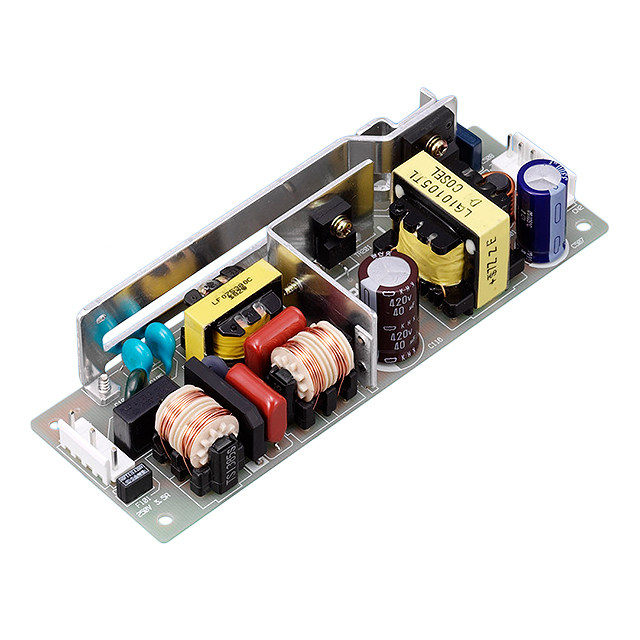


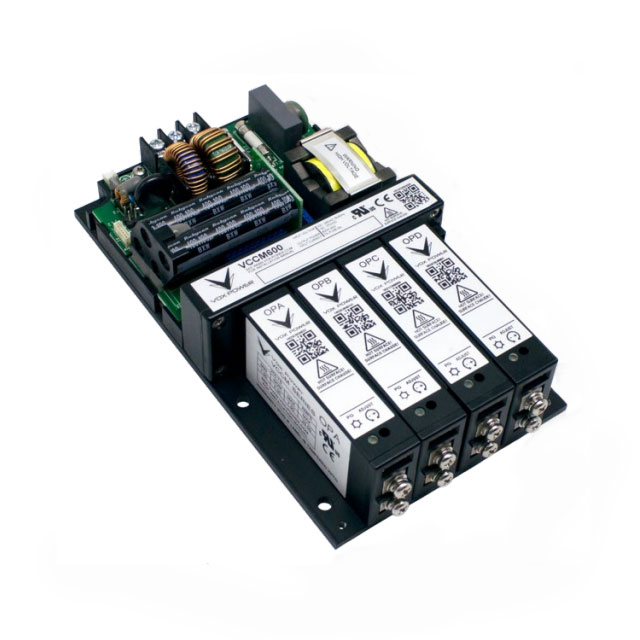
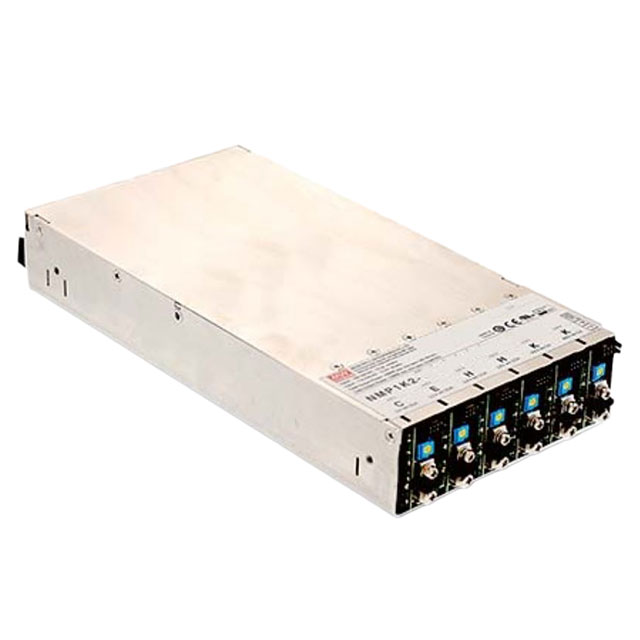
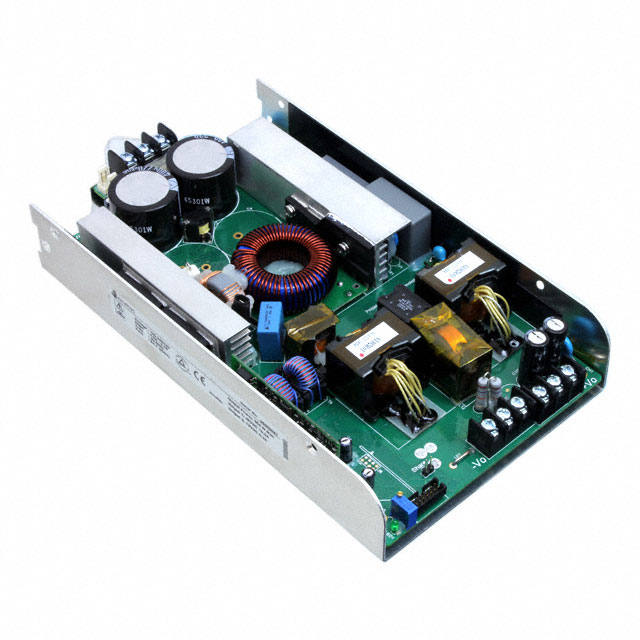


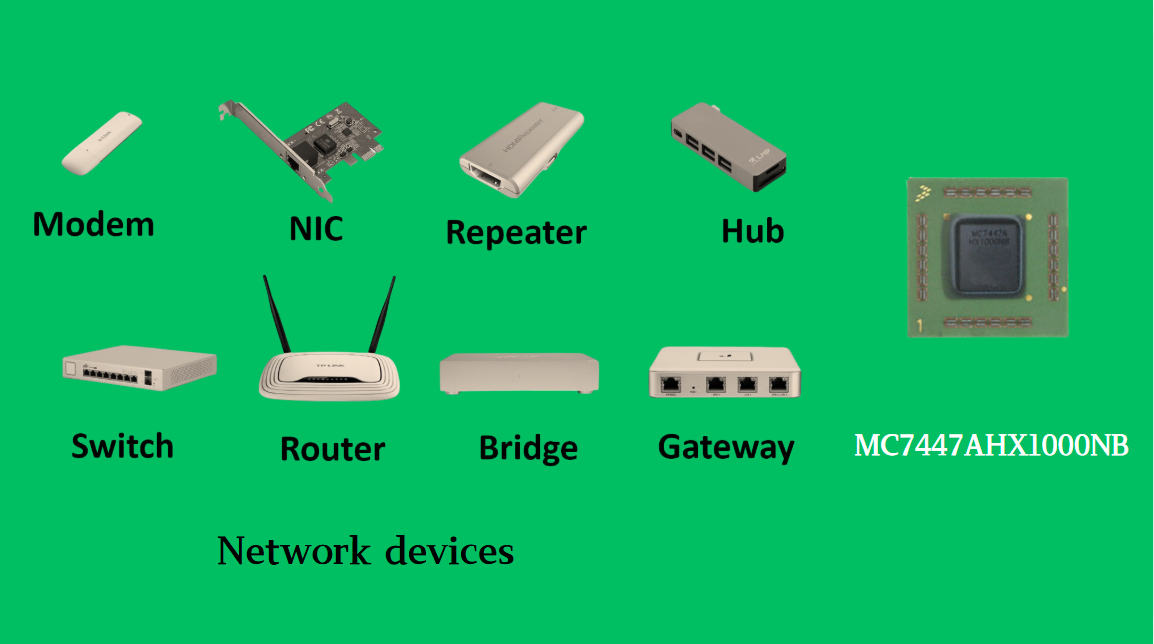








 Wishlist (0 Items)
Wishlist (0 Items)